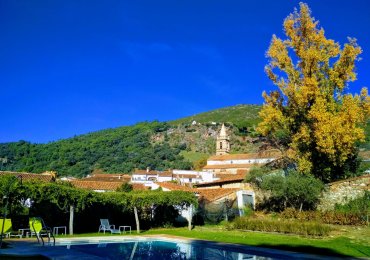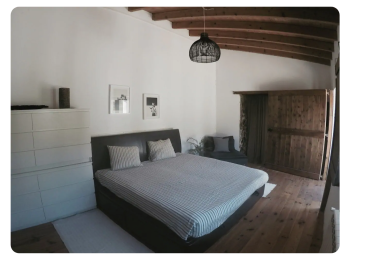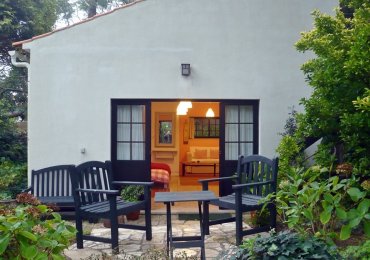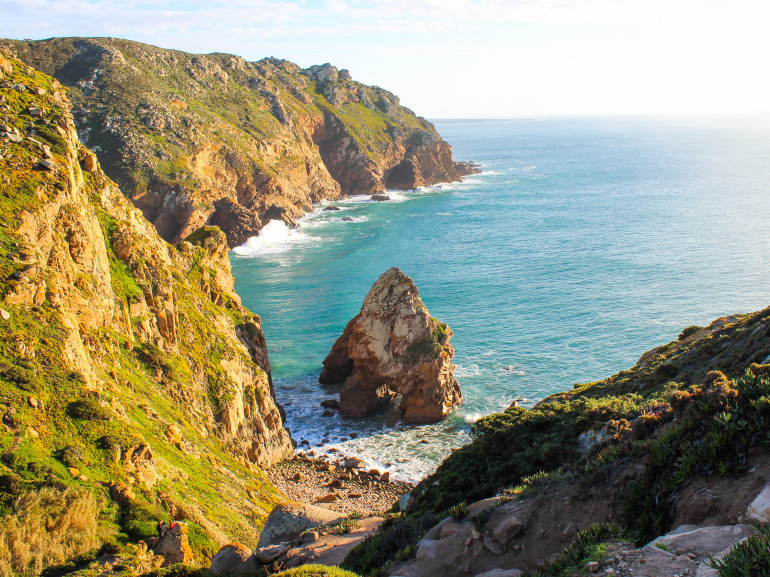 Portugal, a Sustainable Destination. Photo by Alano Oliveira, unsplash.com
Portugal, a Sustainable Destination. Photo by Alano Oliveira, unsplash.com
Portugal is one of the destinations that offer the best sustainable tourism in Europe. It has all the features to warmly welcome all those who wish to have a green holiday. The secret is to go beyond the city centre, as Prof. Luis Mendes advises us in his interview on sustainable travel in Lisbon. Portugal is full of natural wonders and landscapes that can steal anyone's heart. From north to south, there is a lot to see and experience. From local food to culture, from local people to villages. The country has a history that will fascinate your soul, and the people are welcoming and friendly. The capital Lisbon is lovely and catches the attention of tourists from all over the world! The Algarve is a region that offers beautiful beaches. The Alentejo is a magnificent region for those seeking peace and tranquillity. The archipelagos of Madeira and the Azores offer outstanding biodiversity. Finally, the northern region is a spectacle between nature and modernity in urban areas. The country enjoys an excellent climate in all seasons, especially in the southwestern part.
To Visit
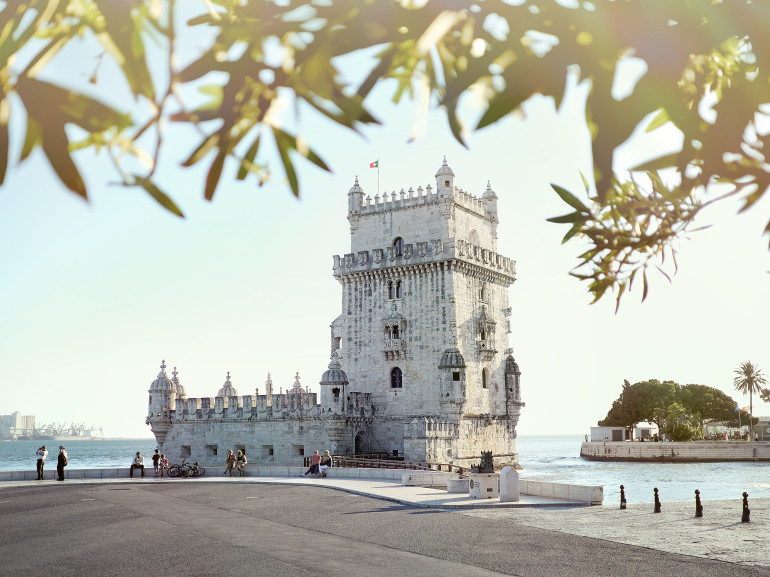
Indeed, the attractions not to be missed in Portugal are the cities of Lisbon and Porto, the wild beaches overlooking the Atlantic Ocean, the unspoiled landscapes, the biodiversity of its nature, the typical villages and its islands. Let's find out how to travel with a positive impact in Portugal!
1. The Most Beautiful Beaches

If you are a lover of wild nature, the west coast of Portugal is the ideal place for you! You can immerse yourself in the wide beaches, walk in the wilderness and at the same time hear the sound of the wind that lulls you. Let yourself be blown away by the wind on the Odeceixe ocean in the Alentejo Natural Park. Odeceixe Beach is a perfect place if you like surfing. Enjoy the sunset at the beaches of Vila Nova de Milfontes, such as Praia da Franquia, Praia do Farol, Carreiro das Fazenda and Praia das Furnas. These beaches are ideal for surfing and bodyboarding. Porto Covo offers numerous beaches, the most popular being Praia Grande, then there are Praia das Buizinhos and Praia do Banho. Also in Aljezur, you can find numerous beaches. Find out more about the shores of the Costa Vicentina and the Algarve here. Portugal offers numerous breathtaking beaches from Matosinhos located near Porto in the north of the country, up to Praia da Bordeira near the town of Sagres in the south of the country. Peniche is one of the most popular beaches for surfers, then we can mention Ericeira, Praia do Guincho near Cascais, excellent for wind surfing, the beach of Costa da Caparica, up to Sines, the Costa Alentejana and the beaches of the Algarve such as Zambujeira do Mar, Carrapateira, Praia de Beliche, Praia da Cordoama, Praia do Miroucço, Praia da Pena Furada and Praia do Amado.
2. Natural Parks
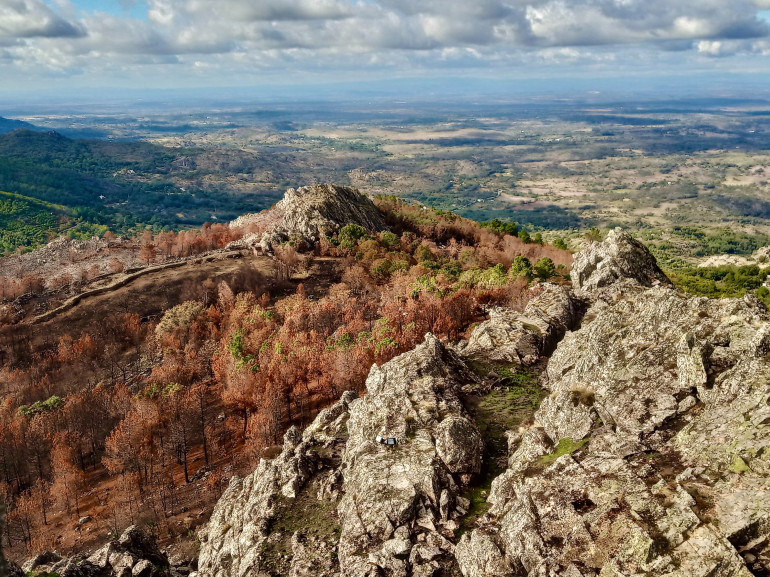
In Portugal, there are numerous natural parks. Go to the discovery of one of the following natural parks in the north-central area of Portugal for an escape from the city and complete immersion in Portuguese nature!
We recommend that you visit the Peneda-Gerês Natural Park in the extreme northwest of Portugal between Alto Minho and Trás-os-Montes near the border with Galicia, in the province of Ourense. Also, go on an adventure in the Natural Park of Montesinho and Natural Park of the International Douro is Trás-os-Montes, the Natural Park of Alvão located between Minho and Trás-os-Montes, the Natural Park Serra da Estrela, the highest of mainland Portugal. Going further towards the central area, you can find the Arrabida Natural Park along the Portuguese coast from Palmela to Setúbal, the Serra de S. Mamede Natural Park, the Serra de Aire and Candeeiros Natural Park, the Sintra-Cascais Natural Park, and the park of Monsanto. Going towards the south of Portugal, you can find the Natural Reserve of Lagoas of Santo André and Sancha, the Natural Park of South West Alentejano and Costa Vicentina, and the Natural Park of Vale do Guadiana. Find out more about the Natural Parks in Portugal here.
3. Main Cities and Villages to Visit
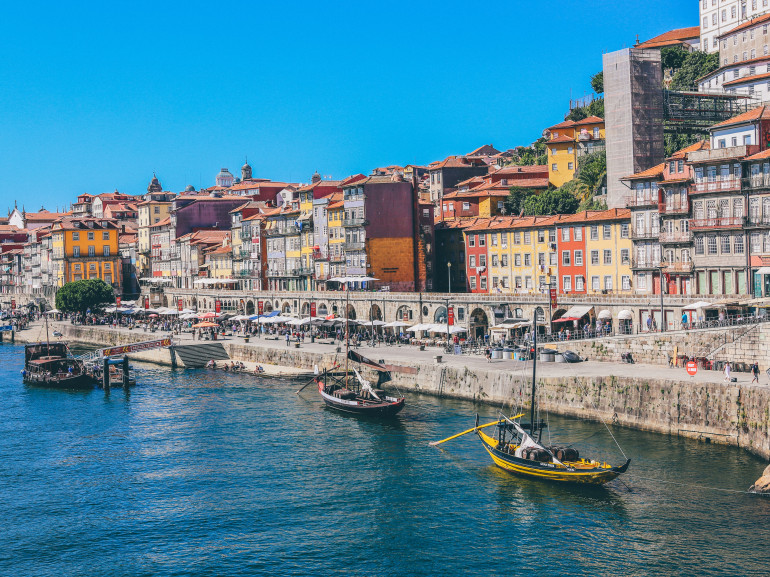
The history of Portuguese cities is fascinating and has long been linked to the waters that surround them. Famous navigators left their ports to return with fantastic riches that helped build the incredible cities we know today. In addition to the two main cities Lisbon and Porto, it is worth visiting the following cities and villages starting from the north of the country: Braga, Viana do Castelo, Aveiro, Guimarães, Viseu, Coimbra, Tomar, Leiria, Fatima, Caldas da Rainha, Guarda, Cascais, Sintra, Evora, Ericeira, Vila Nova de Milfontes, Sines, Sagres, Lagos, Portimao, Faro and Albufeira.
Slow routes: walking, biking or horse riding
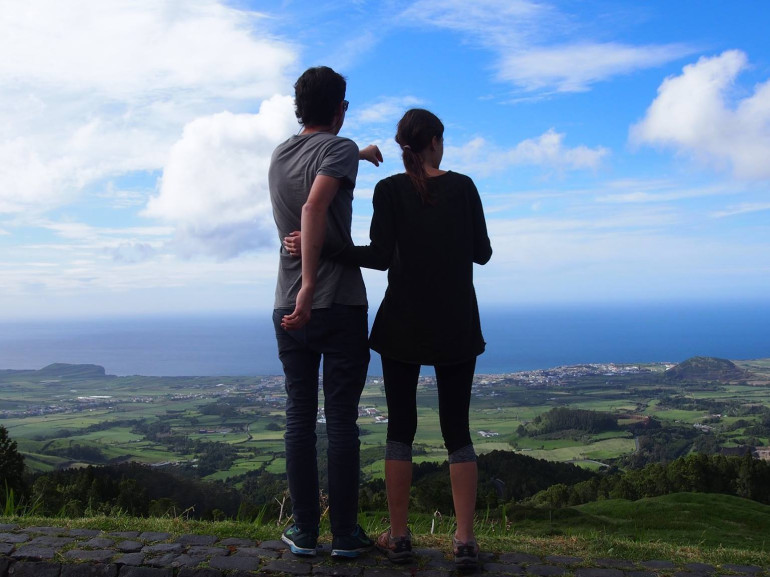
Thanks to the mild climate throughout the year, walking around Portugal is one of the best ways to discover its secluded corners and places that would otherwise go unnoticed. Portugal offers numerous itineraries that you can do on foot, by bike or on horseback. The area near Lisbon, especially the Sintra Natural Park, offers numerous trekking routes between the cliffs and the bright colours of nature. Cabo da Roca for example is an easy route with a beautiful view, suitable for all levels of training. The starting point is accessible by public transport. There is also the Atlantic Almoçagene route which is of medium difficulty. It is good to be well trained. The Anta de Andrenunes route starting from Penedo, the Santuario da Peninha route starting from Rua dos Moinhos, the Alto da Memoria route starting from Alcabideche. The route to Parque da Pena and Duna da Cresmina with departure from Cascais and Estoril. The Northern area of Lisbon offers numerous nature trails to do by bike or mountain bike: Santa Cruz, Caminho de ferro do Oeste departing from Torres Vedras, Rio Alcabrichel Maceira, Ponte Eco Caminho and Miradouro Montejunto departing from Torres Vedras. Find out more about the green Lisbon that will surprise you here! However, the Rota Vicentina remains the best-known route and one of the most evocative routes in Portugal, with 230 km of ocean footpaths. The trail begins in Santiago do Cacem in the Alentejo and reaches Cabo de S. Vicente in the Algarve. The route also intersects with another ancient road, that of the Pescatori Route, 120 kilometres of a path covered in 4 steps. We also recommend that you explore the Via Algarviana, a route divided into 14 stages of a maximum of 30 km that crosses the Algarve, farther from the sea, connecting the Cabo de S. Vicente to Alcoutim. In the North of Portugal we recommend the itinerary of the Coastal Way divided into six stages: Porto-Vila do Conde (16.5 km), Vila do Conde-Esposende (27.9 km), Esposende-Viana do Castelo (21 , 4 km), Viana do Castelo-Caminha (30.5 km), Caminha-Vila Nova de Cerveira (17.4 km), Vila Nova de Cerveira-Valença (21.9), for a total of 136.6 km
Islands

The main islands of Portugal are the Azores archipelago consisting of islands of volcanic origin in the middle of the Atlantic Ocean: São Miguel, Santa Maria, Terceira, Graciosa, São Jorge, Pico, Faial, Flores, Corvo and the Formigas islets. The Madeira archipelago is always made up of islands of volcanic origin in the middle of the Atlantic Ocean. The two major islands are Madeira and Porto Santo. Then there are three uninhabited smaller islands known as the Desertas and the Wild Islands. Portugal has further smaller mainland islands such as Berlengas, Pessegueiro, Faro, Tavira, Fuseta, Armona and Antelos. As for the Azores, discover the ten best hiking trails to park here. Visit the top 10 Miradouro viewpoints on the island of Sao Miguel and the top 10 must-see waterfalls. Follow the advice of local, sustainable cultural tourism blogger Sandra Henriques to explore these magnificent islands. Swim in the most beautiful natural pools, discover the Natural Parks and the ten most beautiful beaches for your Green trip to the Azores. Don't forget to taste the local food and wine specialities and the Km 0 food you can only find on these islands.
Local Tastes

Portugal is also well known for its culinary tradition. Discover the mouth-watering local gastronomy. The typical local cuisine places particular emphasis on recipes based on fish and seafood, but also meat dishes are typical throughout the country. Each area has its specialities not to be missed. In any case, the best known Portuguese foods are Pastéis de Bacalhau (Cod Croquettes), the Caldo Verde that is a soup where the main ingredients are potatoes, onions, kale and slices of pork sausage (chouriço). Tripas à Moda do Porto, a typical dish of the city of Porto, the Francesinha, the cozido à Portuguesa, a traditional dish ideal for meat lovers, the Bacalhau à brás, the Caldeirada de peixe which is a stew made from different types of fish and shellfish, enriched with tomato sauce, spices and various herbs. Polvo à Lagareiro, Amêijoas à Bulhão Pato, a dish based on clams, Queijo da Serra da Estrela, cheese made from sheep's milk typical of the Portuguese Serra, grilled sardines (typical dish of Lisbon), Bolo do Caco (bread garlic typical of the island of Madeira), Arroz de Pato (An authentic duck risotto). Turning to desserts, we recommend that you try the Pastel de Belém, the recipe that was originally invented by Catholic nuns, the Torta de Azeitão (an egg-based dessert), the Ovos moles from Aveiro, Arroz doce, Queijadas de Sintra and Chocolate Salami.
Where to Sleep Eco-Friendly
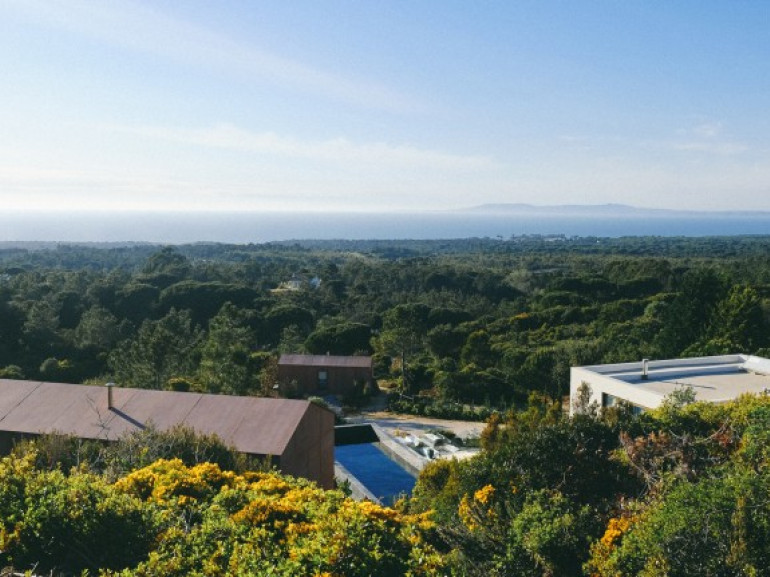
From the Eco-lodge in the Sintra Natural Park to the Eco-camp in the banana jungle in the middle of the Atlantic Ocean, Portugal offers numerous sustainable accommodation facilities throughout the territory. Discover here among the best Eco-Hotels, organic farmhouses and Eco-lodges not to be missed in Portugal! Casa do Fundo in the Serra da Estrela Natural Park, Estrela do Alentejo at the foot of the Monchique mountains, Lugar do Ainda near the historic villages of Castelo Branco, Colina Flora in the park in the rural hills of the Sintra Natural Park, Impact House in the heart of Lisbon, or Abrigo do Vento in the Natural Park of the Costa Vicentina, Cerdeira - Home for Creativity on the hills of Lousã in Coimbra, Villa Epicurea in the Natural Park of Sesimbra, Refúgio Rural in the Caldas da Rainha hills, Banana Eco Camp in the middle of the Atlantic ocean, on the Terceira island of the Azores archipelago.
How to get there
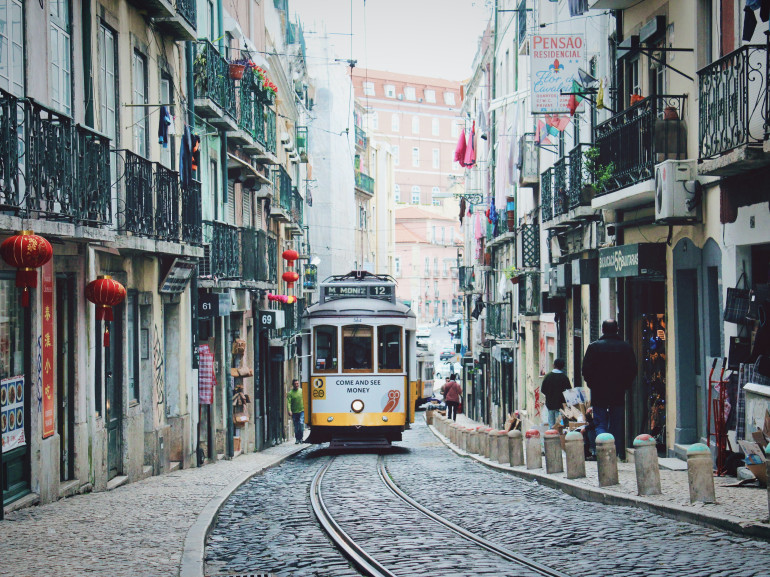
The fastest way to get to Portugal is by plane. The main airports are Lisbon, Porto and Faro. The local airline is TAP Air Portugal, to support the local economy. You can also reach your destination by car, bus or train.
How to get around sustainably
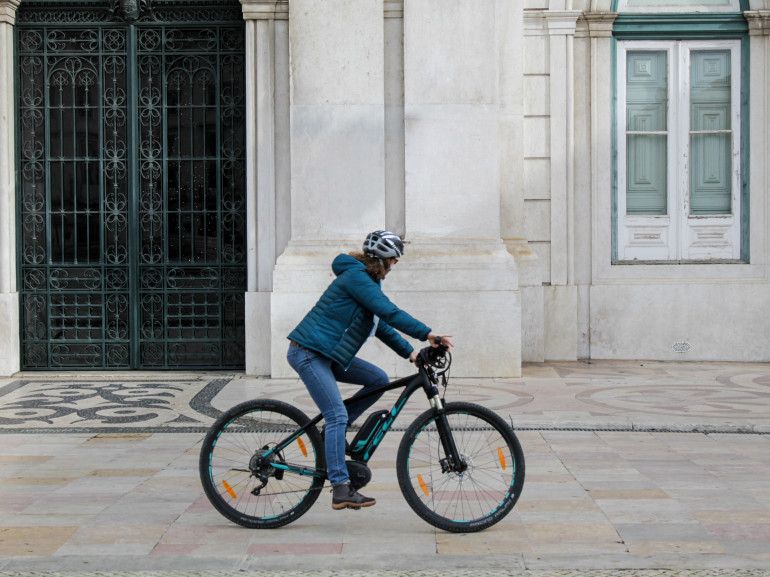
If you intend to tour Portugal, try to move within the territory using public transports such as the train or bus. To move around the individual cities, you can use the bicycle or explore the various areas by foot. However, suppose you want more flexibility to reach the different destinations in the country. In that case, we recommend that you rent a car from a local company. Author: Irene Paolinelli






